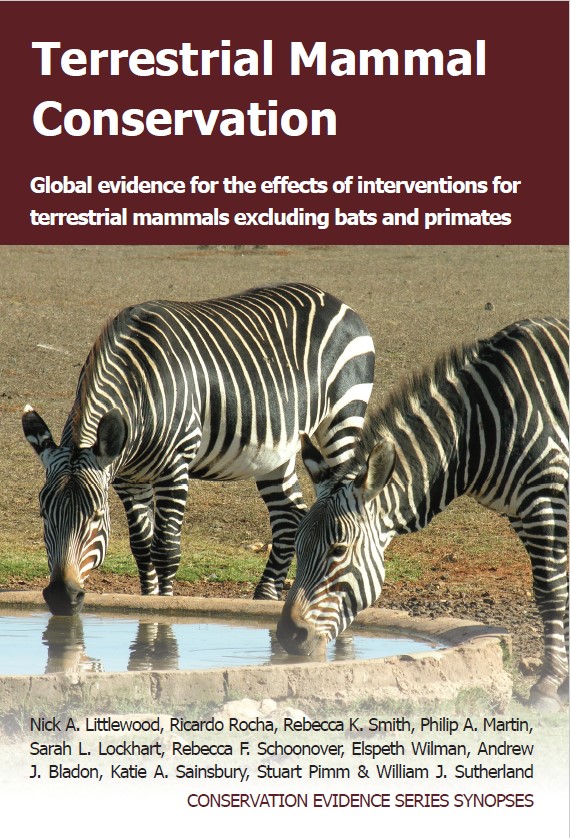Airborne translocation of mammals using parachutes
-
Overall effectiveness category Unknown effectiveness (limited evidence)
-
Number of studies: 1
View assessment score
Hide assessment score
How is the evidence assessed?
-
Effectiveness
50% -
Certainty
24% -
Harms
15%
Study locations
Supporting evidence from individual studies
A study in 1948–1949 in a forest in Idaho, USA (Heter 1950) found that at least some North American beavers Castor canadensis translocated using parachutes established territories and survived over one year after release. Seventy-six beavers were dropped from an airplane over the translocation area using parachutes. All but one survived the drop. After one year, an unspecified number of beavers had built dams and constructed houses. In the autumn of 1948, seventy-six beavers were parachuted into a remote forest area. Animals were dropped in pairs, inside wooden boxes (76 × 40 × 30 cm), using 7.3-m rayon parachutes of war surplus stock. Boxes consisted of two sections fitted together as a suitcase, with 2.5-cm ventilation holes. A system of ropes snapped the box open with the collapse of the parachute. The system had been tested on an old male beaver named "Geronimo”. Observations were made of the surviving beavers in late 1949 (details not reported).
Study and other actions tested
Where has this evidence come from?
List of journals searched by synopsis
All the journals searched for all synopses
This Action forms part of the Action Synopsis:
Terrestrial Mammal Conservation
Terrestrial Mammal Conservation - Published 2020
Terrestrial Mammal Conservation





)_2023.JPG)














